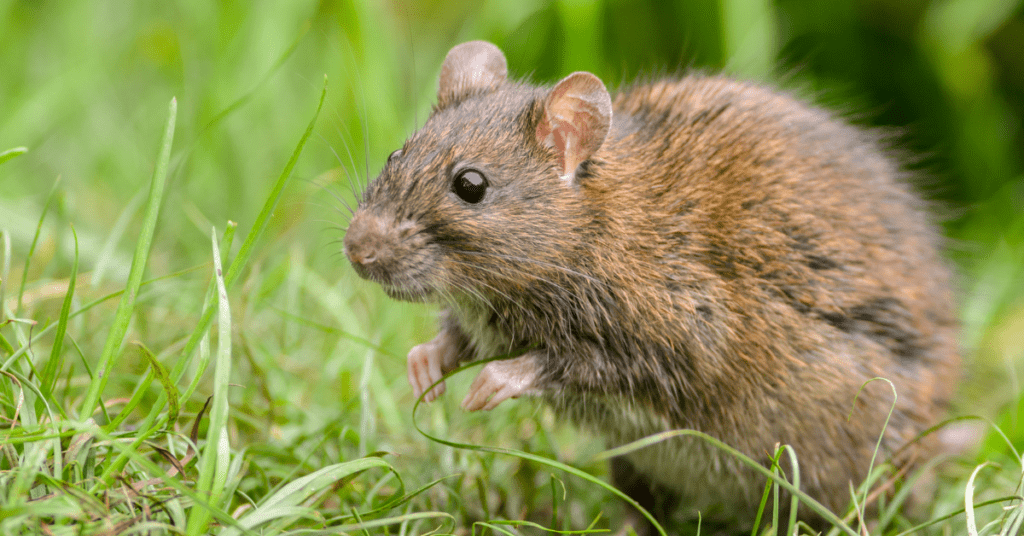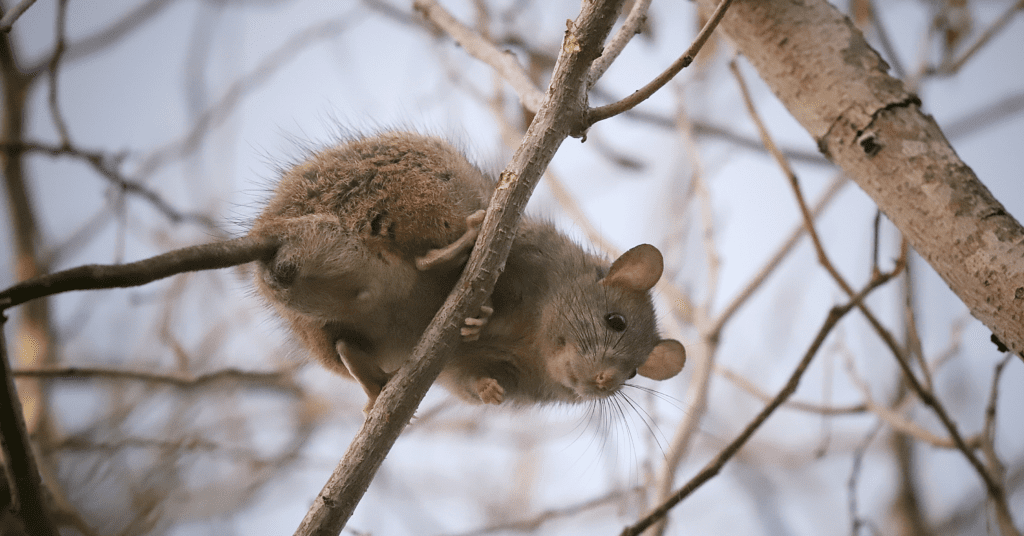What Are the Hardest Rodents to Get Rid Of?


Controlling rodent populations is essential for maintaining health and safety in our homes and communities. Despite advances in pest control methods, some rodentrapis prove to be notoriously difficult to eliminate. In this article, we delve into the challenges of eradicating the most persistent rodents and offer strategies for effectively dealing with them.
The Resilient Norway Rats
Norway rats, also known as brown rats, are large rodents that commonly inhabit urban areas. Their adaptability allows them to thrive in various environments.
Factors contributing to their persistence:
- Adaptability and intelligence: Norway rats expertly avoid traps and quickly learn to recognize and evade danger.
- Rapid breeding: Female Norway rats can produce up to 12 litters per year, making it challenging to control their populations. While female Norway rats can breed prolifically throughout the year, effectively managing an infestation requires understanding the typical timeline for eradication, which you can learn about in our detailed guide on how long it takes to get rid of a rodent infestation.
- Rodenticide resistance: Some Norway rat populations have developed resistance to common rodenticides, reducing the effectiveness of these treatments.
The Elusive Roof Rats

Roof rats, or black rats, are smaller than Norway rats and possess exceptional climbing skills. They often nest in trees, attics, and other elevated areas.
Factors contributing to their persistence:
- Climbing and nesting abilities: Roof rats’ preference for nesting in high, hard-to-reach places makes them difficult to locate and eliminate.
- Cautious behavior: Roof rats are wary, making them challenging to trap.
- Environmental adaptability: Roof rats can survive in both urban and rural settings.
The Unrelenting House Mice


House mice are small rodents and common household pests. They can easily enter homes and buildings through tiny openings and live close to humans.
Factors contributing to their persistence:
- 1. Small size and agility: House mice can fit through minuscule gaps, making it difficult to exclude them from a building completely.
- 2. Rapid reproduction: House mice breed quickly, allowing their populations to grow rapidly if not controlled.
- 3. Close proximity to humans: House mice are well-adapted to living alongside humans, increasing the challenge of eradicating them.
Effective Strategies for Handling Persistent Rodents
Integrated Pest Management (IPM) approach: Implement a combination of prevention, monitoring, and control methods to effectively manage rodent populations.
Regular monitoring and inspection: Inspect your property routinely for signs of rodent activity and address any issues promptly.
Employing multiple control methods: Use a combination of traps, baits, and exclusion techniques to increase the chances of successfully eliminating rodents. Employing a variety of control techniques, including some unusual rodent control methods such as ultrasonic devices, can enhance your overall strategy for dealing with these persistent pests.


The role of professional assistance: Enlist the help of a professional pest control expert when dealing with difficult rodent infestations.
Norway rats, roof rats, and house mice rank among the hardest rodents to eliminate due to their adaptability, rapid reproduction, and elusive nature. By employing persistent and strategic rodent control efforts, such as using an IPM approach and seeking professional assistance when necessary, these formidable pests can be successfully managed and eradicated. For those facing particularly stubborn rodent problems, it may be wise to understand how rodent control companies get rid of mice, which underscores the value of professional expertise. To better prepare for these challenges, consider learning about what time of year rats are most active, so you can anticipate and mitigate potential infestations before they become severe.
If you’re grappling with a rodent problem and finding it hard to keep these persistent pests at bay, remember that help is just a click away. Whether you reside in the bustling streets of West Vancouver Pest Control, our expert services are tailored to meet your specific needs. Don’t let rodents overrun your space in North Vancouver Pest Control, and ensure your home remains a sanctuary with our effective strategies in Burnaby & New West Pest Control. If you’re located near the scenic views of Coquitlam & Tri-Cities Pest Control, or amidst the vibrant community of Richmond Pest Control, our dedicated teams are ready to assist you. Reach out to us, and let’s make your rodent troubles a thing of the past.
